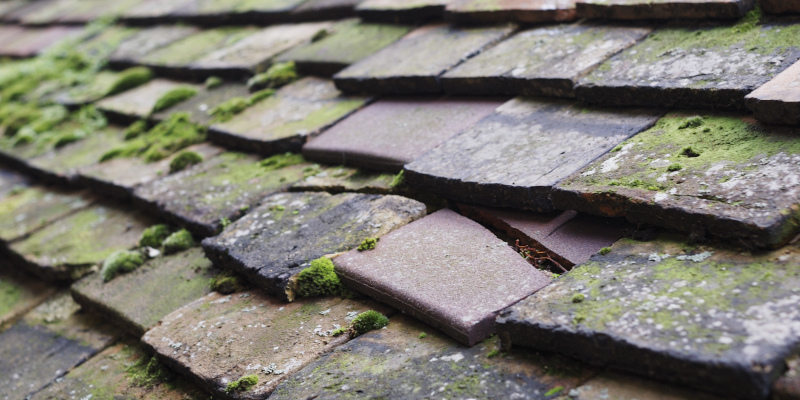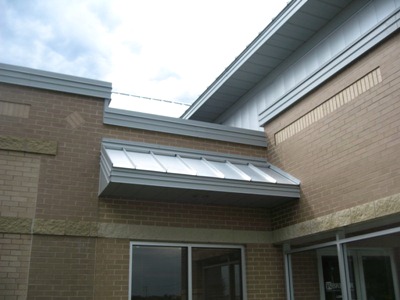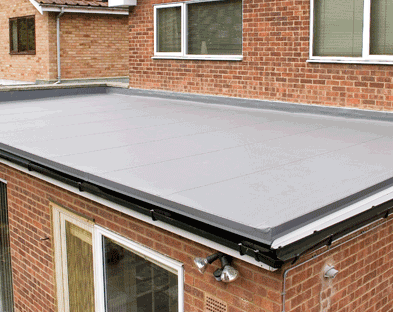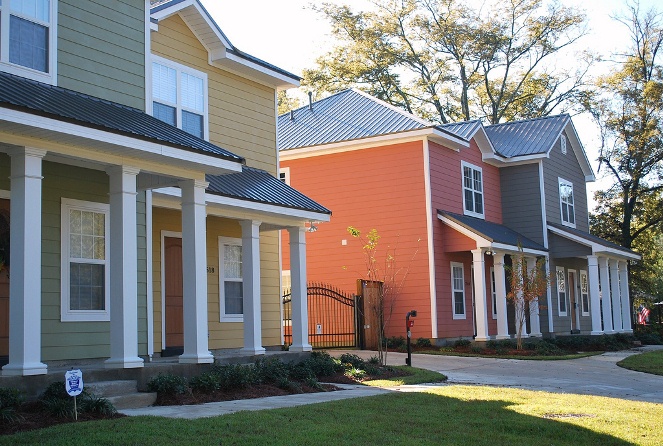Your roof is exposed to the elements day in, day out—no matter what the environmental conditions, wear and tear is inevitable. But different regions affect roofs in different ways. Below are some of the main challenges to bear in mind for roofing installation in a humid climate.

- Moisture: Humid air makes it difficult for surfaces to fully dry out. Constant moisture can warp and rot roofing materials, as well as provide an ideal environment for mold. All of these factors result in weak spots that can turn into leaks if left unchecked.
- Storms: Rain and hailstorms of varying severity are typical for humid climates. Both can cause gradual degradation and instant damage as debris like fallen branches or precipitation itself hits the roof.
- Insects: Humidity coupled with milder temperatures can result in increased insect activity—left unchecked, ants, wasps, and bees can do considerable damage, particularly with longer seasons of activity.
So when considering roofing installation in a humid climate, how can you prevent issues as long as possible?
- Take location into consideration. Site factors, including the direction the structure faces and nearby trees, come into play when building or repairing a roof in a humid climate.
- Consider your choice of materials. Several types of roofing used in humid climates include asphalt shingles, metal, and slate. For homeowners, asphalt shingles are typically the most affordable choice, but degrade from humidity-related expansion and contraction over the years. As with any material, each needs reinforcement with good ventilation, protective coatings, and/or eventual repair.
- Remember related roofing components. Regardless of how well-constructed your roof is, its longevity is connected to the quality of additional structures installed for drainage (gutters and eaves) and ventilation (vents and soffits).
Roofing installation in a humid climate doesn’t have to be a sticky situation. Call our team at Race City Roofing to get started; we can address these issues and more for detailed advice tailored to your property.









